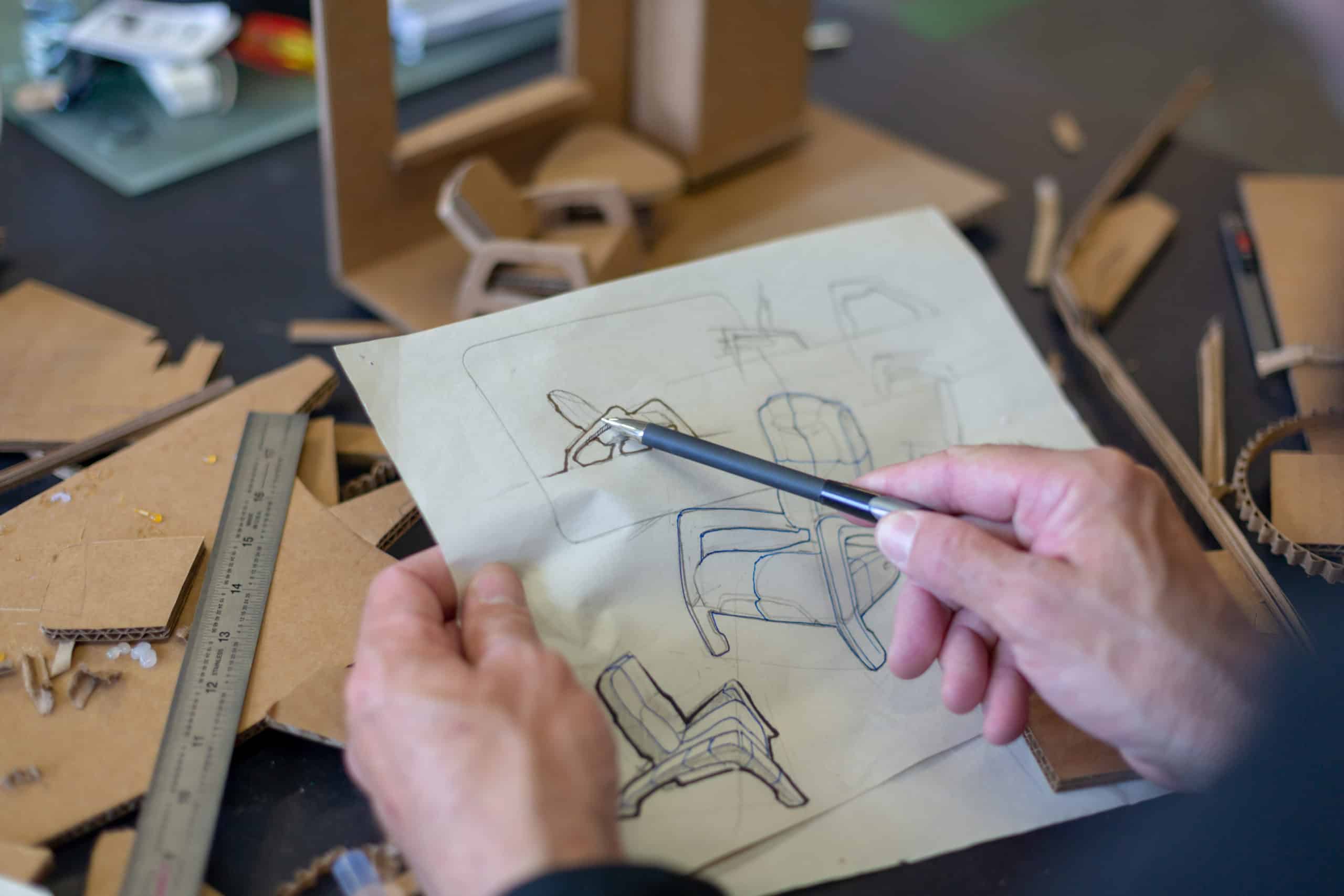
Image Source: Google
Prototyping is a crucial step in the product development process. It allows you to test ideas, gather feedback, and refine your concept before investing in full-scale production. Mastering the art of prototyping can significantly increase your chances of creating a successful product that meets the needs of your target audience. If you are looking for the prototype product development then, you may navigate to this site.
The Importance of Prototyping
Benefits of Prototyping
- Identify design flaws early on
- Test functionality and usability
- Gather feedback from users
- Reduce development costs
- Speed up the product development process
Prototyping is essential for validating your ideas and ensuring that you are on the right track before moving forward with full production. By prototyping, you can identify any design flaws or usability issues early on, saving both time and money in the long run.
Types of Prototypes
Low-Fidelity Prototypes
- Simple sketches or wireframes
- Used for early concept testing
- Quick and inexpensive to create
High-Fidelity Prototypes
- More detailed and realistic
- Used for testing functionality and user experience
- Requires more time and resources to create
There are two main types of prototypes: low-fidelity and high-fidelity. Low-fidelity prototypes are simple and basic representations of your idea, often created using sketches or wireframes. These are great for early concept testing and are quick and inexpensive to create. High-fidelity prototypes, on the other hand, are more detailed and realistic representations of your product idea. These are used for testing functionality and user experience and require more time and resources to create.
Key Steps in the Prototyping Process
1. Define Your Objectives
Before you start prototyping, it's essential to clearly define your objectives and what you hope to achieve through the prototyping process. This will help guide your decisions and ensure that your prototypes are focused and effective.
2. Create a Conceptual Design
Start by creating a conceptual design of your product idea. This could be in the form of sketches, wireframes, or digital mockups. Focus on capturing the key features and functionality of your product.
3. Build Low-Fidelity Prototypes
Once you have a conceptual design in place, start building low-fidelity prototypes to test your ideas. These prototypes can help you quickly iterate on your design and gather feedback from users.
4. Test and Iterate
Test your low-fidelity prototypes with users to gather feedback and identify any areas for improvement. Use this feedback to iterate on your design and create new prototypes that address any issues that were identified.
5. Develop High-Fidelity Prototypes
Once you have refined your concept through low-fidelity prototyping, begin creating high-fidelity prototypes that are more detailed and realistic. These prototypes will help you test the functionality and user experience of your product in more depth.
6. User Testing
Conduct thorough user testing with high-fidelity prototypes to gain valuable insights into how users interact with your product. Use this feedback to make any final adjustments before moving into full production.
Best Practices for Effective Prototyping
Involve Stakeholders Early On
- Engage key stakeholders in the prototyping process from the beginning
- Ensure alignment on project goals and objectives
- Gather valuable input and feedback from all stakeholders
Iterate and Test Frequently
- Continuously iterate on your prototypes based on user feedback
- Test prototypes with real users to gather valuable insights
- Don't be afraid to make changes and pivot if needed
Focus on User Experience
- Ensure that your prototypes prioritize user experience and usability
- Test the functionality of your product from a user's perspective
- Make adjustments to improve user interactions and overall experience
By following these best practices and key steps in the prototyping process, you can master the art of prototyping and set yourself up for successful product development. Remember that prototyping is an iterative process, and each iteration brings you closer to creating a product that resonates with your target audience.